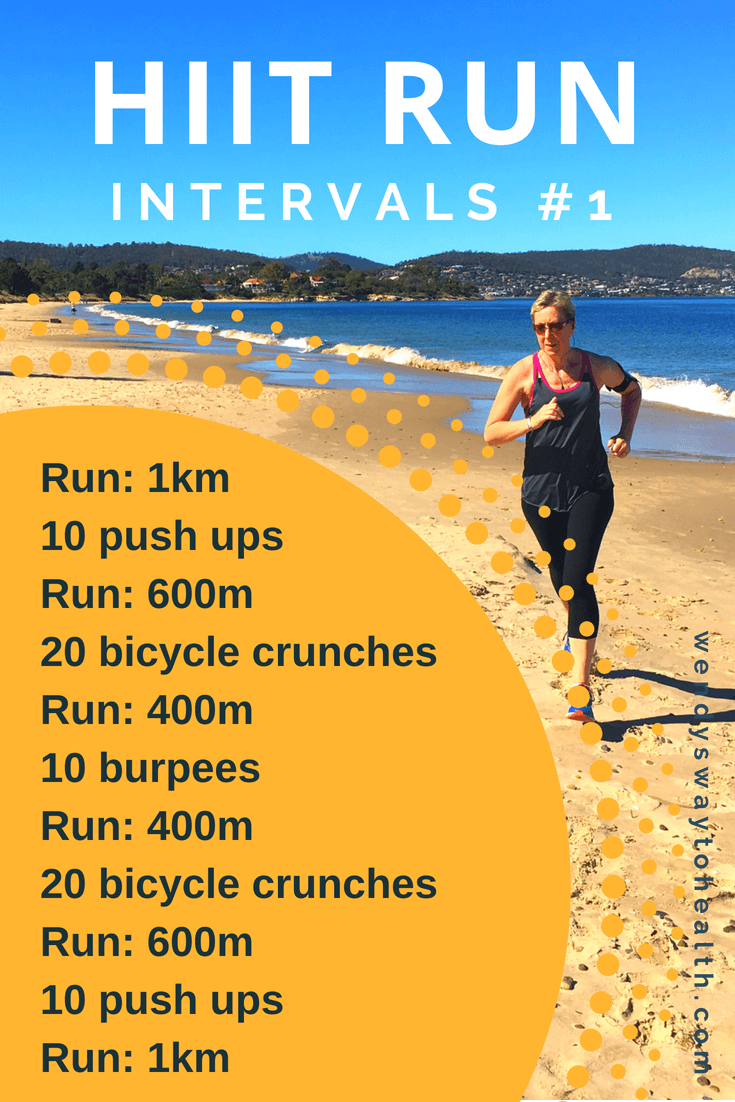Unleash Your Prospective: Running Strategy Basics for Peak Performance
Unleash Your Prospective: Running Strategy Basics for Peak Performance
Blog Article
Getting Over Discomfort in Operating: Strategies and Techniques That Job
Discomfort is a typical companion for many runners, commonly acting as a barrier to achieving their desired objectives. Nonetheless, with the ideal techniques and techniques, it is feasible to get over and also stop the pain connected with running. By checking out numerous approaches such as understanding the various sorts of running pain, optimizing shoes and form, incorporating cross-training and stamina exercises, carrying out reliable recovery methods, and preserving correct nutrition and hydration, joggers can possibly ease their discomfort and enhance their overall running experience.
Comprehending Different Types of Running Discomfort

An additional kind of running pain is joint pain, which can manifest as a sharp or achy pain in locations such as the knees, hips, or ankles (running workout). Joint discomfort might be brought on by variables like improper running type, overuse, or underlying problems like joint inflammation (read more). It is very important to separate in between muscle pain and joint pain, as the latter may need clinical interest to avoid more injury
Recognizing the various kinds of running discomfort is crucial for reliable monitoring and prevention methods to guarantee a secure and delightful running experience.
Proper Footwear and Running Kind
To optimize efficiency and reduce the danger of running-related injuries, picking suitable shoes and maintaining appropriate running form are necessary parts for joggers of all levels. It is suggested to pick running shoes that are particularly designed for the person's foot kind, running gait, and the type of running task they involve in.

Cross-Training and Strength Workouts
Taking part in cross-training and integrating strength workouts into a running regimen can dramatically boost general performance and minimize the possibility of injuries. Cross-training, such as biking or swimming, aids enhance cardio physical fitness while giving running muscular tissues a break from repeated effect. It additionally assists reinforce different muscular tissue teams, causing better general body conditioning. Toughness exercises, like squats, lunges, and core workouts, play a crucial function in stabilizing muscle mass and boosting running efficiency. They can deal with muscle mass imbalances, boost dexterity, and increase power result, all of which are necessary for running performance.
Incorporating cross-training and toughness exercises into a running program needs to be done strategically. It is essential to enable appropriate rest between running sessions and cross-training activities to stop overuse injuries. Furthermore, concentrating on correct form and technique during strength exercises is key Discover More to optimizing their benefits and lowering the danger of injury. By including these elements right into a running routine, runners can build a stronger foundation, boost performance, and enjoy a more lasting running experience.
Healing and Rest Techniques
Having actually established the importance of cross-training and strength exercises in an extensive running routine, focus can now be directed towards Recuperation and Rest Techniques as indispensable elements for enhancing efficiency and minimizing the danger of injuries. (running workout)
Healing after running is critical for muscular tissue fixing and growth. Methods such as foam rolling, extending, and massage therapy aid in lowering muscle mass soreness and enhancing versatility. Adequate remainder between runs allows the body to recover and adapt to the physical stress and anxiety, stopping overuse injuries.
Incorporating energetic recuperation days into a training timetable, where low-intensity activities like strolling or biking are carried out, can improve blood circulation and advertise healing without placing excess pressure on the muscles. Furthermore, proper hydration and nourishment play an important function in the recuperation process by renewing lost fluids and nutrients.
Quality rest is an additional vital facet of recovery that must not be overlooked. During rest, the body undertakes repair and regeneration procedures, adding to general physical and psychological wellness. By focusing on recuperation and rest methods, joggers can keep optimum efficiency degrees and decrease the probability of experiencing discomfort or injuries.
Nourishment and Hydration for Runners
Carbohydrates give energy for running, while healthy proteins help in muscle mass repair and healing. Adequate hydration is likewise essential to preserve optimum performance, as even light dehydration can negatively affect running efficiency. Additionally, timing meals and treats suitably before runs can assist protect against intestinal pain and offer the needed power for peak performance.
Final Thought
Finally, by understanding the different sorts of running discomfort, wearing appropriate footwear, preserving proper running form, incorporating cross-training and stamina workouts, prioritizing recuperation and remainder, and concentrating on nutrition and hydration, runners can efficiently conquer discomfort and enhance their efficiency. Applying these approaches and techniques can aid runners prevent injuries, enhance their endurance, and eventually take pleasure in a much more fulfilling running experience.
Report this page